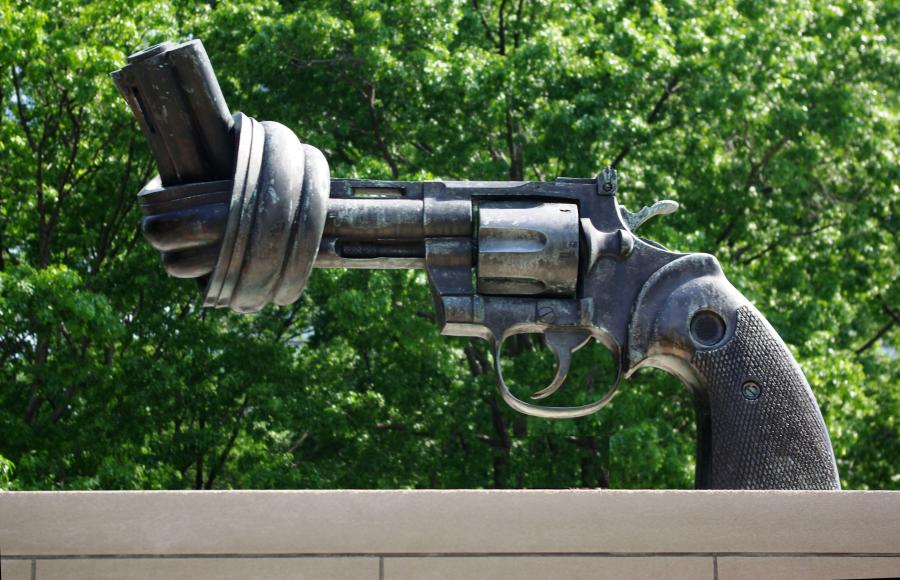In February 2003 the New England Tikkun Community voted unanimously to adopt the unrecognized Bedouin village of Wadi Na’am as a sister community. Four thousand Bedouin live in the village in the shadow of a toxic waste dump. Many suffer from asthma, eye infection, high rates of miscarriages and other health problems.
Among the 140,000 Bedouin living in the Negev region of Israel, half of the population live in crowded urban areas, while the other half live in 45 “unrecognized” villages.
Despite being recognized as Israeli citizens, the Bedouin live as a marginalized underclass, consistently denied rudimentary infrastructure by the government. The Bedouin communities often lack running water, electricity, and adequate healthcare and educational facilities.
They are also denied building permits and their dwellings are considered illegal constructions.
The New England Tikkun Community contributed $1,700 through several fundraising efforts to the construction of the Medwed Medical Clinic in Wadi Na’am.
Under the leadership of head architect Devorah Brous and Michal Vital, an eco-architect for Bustan L’Shalom, the building was inaugurated on October 1. Bustan L’Shalom is a non-profit organization that provides direct help to indigenous and marginalized people in Israel and Palestine. By spreading the message that peace can only be reached through equality, the organization gathers funds to address environmental problems in Bedouin villages. Michal Vital said that most of the funds are collected from private groups or individuals in the United States, including Jewish, Christian, and Buddhist groups.
The average project involves as many as 300 people, the majority of them volunteers. The projects apply sustainable building techniques of straw bale construction which uses bales of wheat, oats, barley, rye and rice covered by stucco. Vital says that the goal of this technique is to apply locally available materials that the village’s inhabitants will be able to use for future projects along with their acquired experience.
“We gather our material from around the place we work; we work on simple projects with simple material. We want the people from the village to be able to use it once we leave,” she said.
Bustan L’Shalom has so far completed six projects, two in the Drajat region and four additional ones in Jahlin, all located in unrecognized villages in the Negev region.
In June 2003, Bustan L’Shalom sent a letter to Prime Minister Ariel Sharon noting the names of the families whose houses have been destroyed and the transfer to date of 65,000 Bedouin from their rural settings to crowded urban areas. The letter also mentioned the protest against the planned transfer of the remaining 75,000 Bedouin.
On Sept. 17, 2003, all 4,000 Wadi Na’am residents appeared in Israel’s High Court in Jerusalem, appealing the decision to evacuate and transfer the entire village to the township of Segev Shalom.
Leila Lari is an intern at Cultural Survival. Special thanks to Michal Vital for providing information for this article. This article was originally published on November 4 in Cultural Survival Weekly Indigenous News, an online news service.

